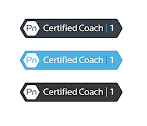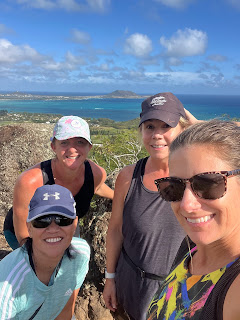1. Don't Overdo It As You Start Your Program
If you haven't been active lately, start from square one — even if you were a high school athlete. Jumping into vigorous exercise without gradually building up to it puts you at risk for serious injury — and even death.
Do Increase Exercise Level Gradually: If it's been a while since you busted a move, talk to your doctor first. At the very least, complete the
Physical Activity Readiness Questionnaire (PAR-Q), an easy way to determine your physical readiness for exercise.
To get started, go easy. Start with what you can do and steadily increase time, frequency, and intensity, in that order, increasing total weekly time by no more than 10% per week. As your fitness level improves, aim for 30 minutes, 5 days a week. Be patient —regular exercise pays off, but too much too soon can backfire quickly.
2. Don't Go From 0 to 60 in 5 Seconds
Going straight to the cardio portion of your workout without a warm-up is a bad idea. To successfully meet the demands of cardiovascular training, your body needs a heads-up.
Do Perform a Warm-Up Before Your Workout:
For most people, 5-10 minutes of low-to-moderate intensity cardio activity is enough. The warm-up helps you transition from rest to movement, gradually increasing body temperature, heart rate, and blood pressure to support the physiologic challenge of the vigorous workout ahead. A proper warm-up also helps reduce post-exercise muscle stiffness and improves exercise performance.
3. Don't Get Hung Up on Heart Rate
It’s just a number. Target heart rate training is a great way to boost your level of fitness, but it’s not the perfect method for everyone. If you can’t seem to get your heart rate into the right intensity “zone,” don’t fret.
Do Pace Yourself Based on How You Feel:
If you can talk comfortably — or slightly uncomfortably — you're exercising at the right intensity. If you can't talk comfortably at all, slow down — regardless of heart rate.
Target training zone charts offer a ballpark range at best. Target zone is influenced by fitness level, health status, certain medications, and genetic limitations. For best results, ask a
certified fitness professional to help you calculate your target training zone.
4. Don't Stop Immediately After a Vigorous Workout
Personal trainers see it all the time — someone going at full speed on a stair climber, and stopping suddenly to stand still. A sudden stop causes blood to pool in the feet and legs, reducing blood flow to the heart and other organs. As a result, you could get dizzy and fall — or experience a life-threatening cardiac arrhythmia.
Do Cool Down Gradually:
Keep your feet moving! Performing 5-10 minutes of low-to-moderate intensity activity after moderate-to-vigorous exercise keeps blood from pooling, flushes metabolic waste from the muscles, and gradually returns circulation to pre-exercise levels.
5. Don't Be a Weekend Warrior
Waiting until Saturday to break a sweat won't help you reach your fitness goals — and could turn out to be the last thing you do. Sudden cardiac death with exercise is relatively rare at 1 case per 36.5 million hours of exercise. But studies suggest that infrequent exercise may increase momentary risk of exercise-related sudden cardiac death.
Do Exercise Regularly Throughout the Week:
Make physical activity part of your everyday life — whether it's walking on your lunch break or bicycling after dinner with your family. Regular exercise makes a difference, according to a study of nearly 70,000 women over 18 years. Compared to inactive subjects, those who exercised two hours a week had reduced risk, and those who exercised four or more hours a week had a 59% decreased risk of sudden cardiac death.


